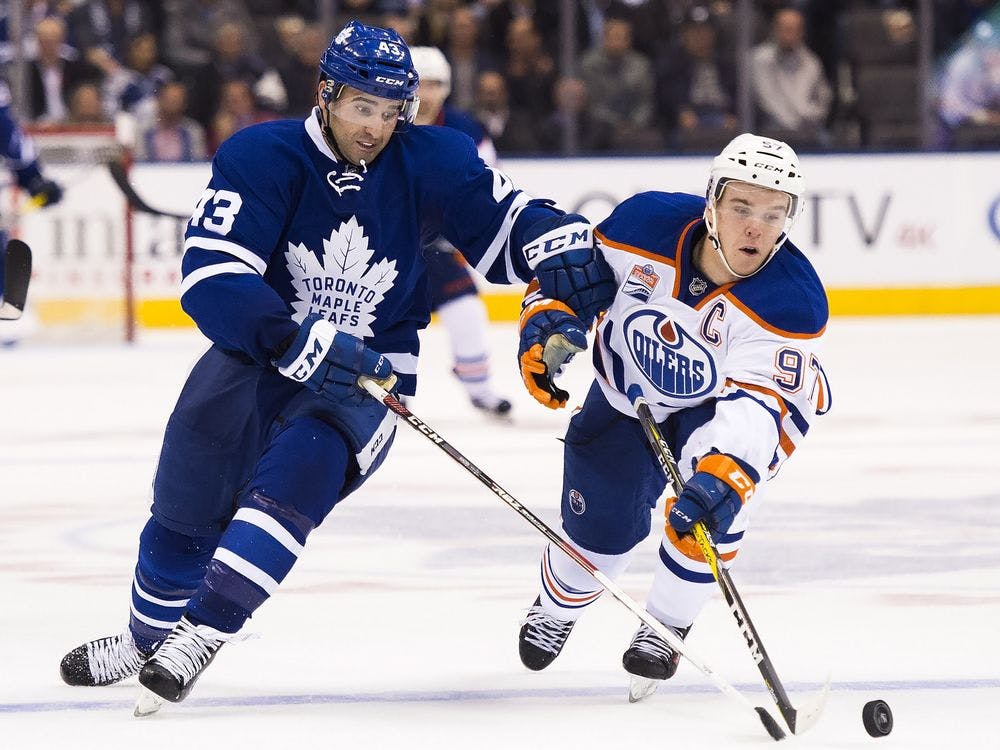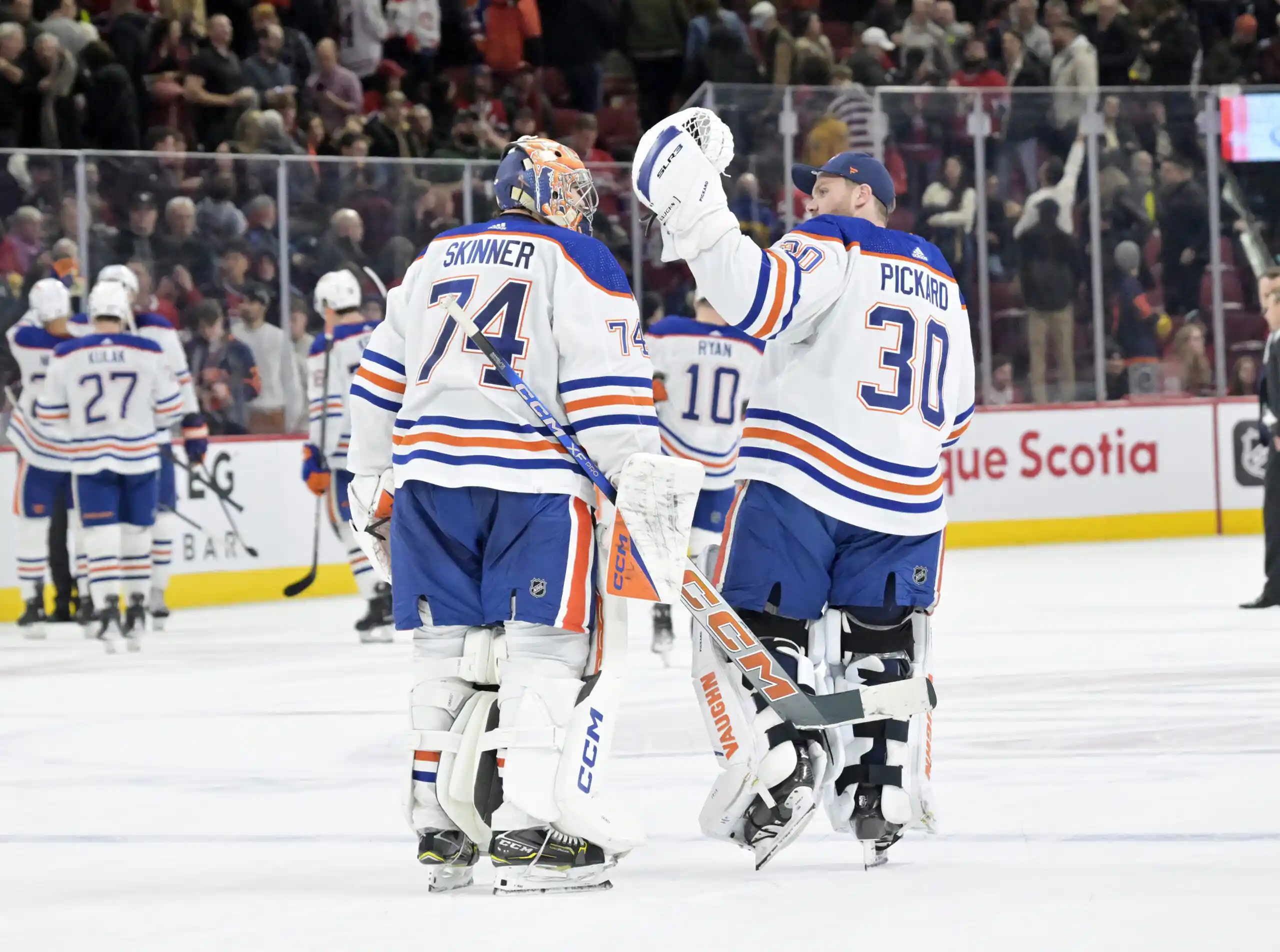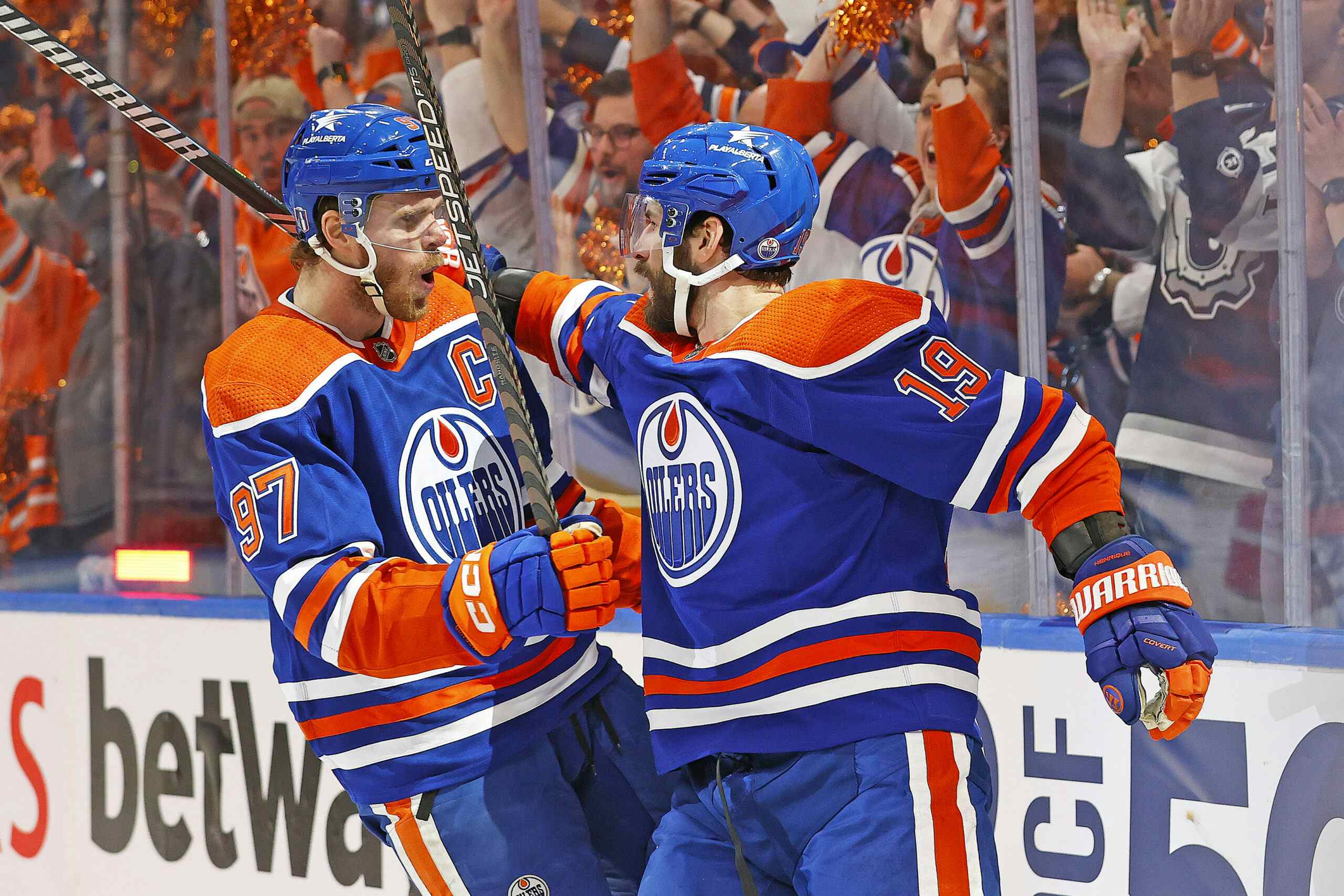Countdown to season question #12: Will NHL continue to call stick infractions?

By Jason Gregor
6 years agoComing out of the 2005 lockout the NHL vowed it would crack down on obstruction. During the 2005/2006 season the league did exactly that. Teams combined for 14,390 poweplays and 2,538 PP goals. The average powerplay success rate was 17.6%.
Last season the NHL had a total of 7,349 powerplays and 1,405 PP goals (19.1% avg). Teams averaged 479 PP opportunities in 2006, and last season they averaged 244. In eleven years we’ve seen powerplays cut in half. I recognize the average player skates better today, and over time players would adapt to the rules, but it is painfully obvious to anyone who watches the game the NHL has simply stopped calling the rule book.
We see far too many stick infractions go uncalled. The new trend is to hack at the hands of the puck carrier without punishment. Thankfully the NHL has woke up and plans to actually enforce the rule book this season.
The burning question for everyone watching, covering and playing the game is: will it last? Does the NHL have the courage to call the rule book all season long?
I completely understand those who doubt the NHL’s willingness to enforce the rules for an extended period of time. After 2006, the penalties started to dip again, and while a small factor was from players figuring out the new standards, the ugly reality was the NHL simply stopped calling the rule book and the game has eroded back to pre-lockout standards.
In fact, last year was much worse than 2003/2004, when the NHL felt obstruction was an issue.
In 2004, teams combined for 10,427 powerplays and 1,715 goals (16.4% league avg). That was still 3,078 more powerplays league-wide than what we witnessed last season.
In 2004 it was holding and obstruction, but the past few seasons the amount of slashing, hooking and holding the league has turned a blind eye to has become ridiculous.
It was time for a crackdown, and I’m sure there will be some growing pains.
In 2004 the Oilers had 338 powerplays and only 44 goals. They had the worst PP in the NHL at 13%.
In 2006 Edmonton had 485 powerplays and 86 goals, good for 18.1%.
Last season the Oil had 245 powerplays and 56 goals for a stellar 22.9% success rate.
In 2006 Edmonton had 485 powerplays and 86 goals, good for 18.1%.
Last season the Oil had 245 powerplays and 56 goals for a stellar 22.9% success rate.
That’s a whopping 240 fewer penalties than 2006, and 93 fewer than 2004, when obstruction was deemed rampant.
Don’t be fooled. The NHL is in dire need of a reset, and while you might not like all the penalties called in the preseason, it is the only way to regain control of the never ending, unnecessary stick work.
It is important to show the massive difference in how the game is being called today, or more accurately how it isn’t being enforced.

Edmonton Oilers Ryan Smyth celebrates a goal by teammate Jason Smith (not shown) against the Annaheim Ducks during the second period of NHL hockey action at Edmonton’s Rexall Place on Thursday, January 18, 2007.
(CP PHOTO/Jimmy Jeong)
(CP PHOTO/Jimmy Jeong)
WILL IT LAST?
It damn well should, but of course we will be skeptical. The elite players are faster and more skilled today, but we rarely see it because the league has been seemingly oblivious to what is unfolding on a nightly basis in NHL arenas.
I went back and looked at the Oilers 2005/2006 season and broke down their PP and PK opportunities from each quarter of the season. I used 21 games in quarters one and three and 20 games in quarters two and four. Due to the uneven number I’ll showcase the average PP and PK/game as well as the total, but the average works better.
** Powerplay Opportunities per game are PPO/G. Times Shorthanded per game are TS/G .
Actual amount of PPO and TS are in ( )**
Actual amount of PPO and TS are in ( )**
Quarter PPO/G TS/G
1st 6.19 (130) 6.14 (129)
2nd 6.4 (128) 6.15 (123)
3rd 6.38 (134) 5.71 (120)
4th 4.65 (93) 5.3 (106)
2nd 6.4 (128) 6.15 (123)
3rd 6.38 (134) 5.71 (120)
4th 4.65 (93) 5.3 (106)
The Oilers actually had more PP chances in quarters two and three than in the first 20 games, which would suggest the league didn’t change their approach, however there is a drop in the fourth quarter. This is only one team, but I’d be surprised if the Oilers were a clear outlier statistically to the rest of the league in a quarter-by-quarter breakdown.
What about the playoffs, did we see a massive drop there?
The Oilers played 24 playoff games in 2006. (To our young readers, yes going deep in the playoffs has occurred in Edmonton. Don’t worry, your time to enjoy playoffs in June is coming).
In those 24 games the Oilers averaged 5.875 PPO/game (141). They had averaged 5.91 in the regular season.
Their TS/game actually went up in the playoffs. They averaged 6.58 TS/game in the playoffs up from 5.82 in the regular season. So the theory they let more go in the playoffs wasn’t true for the Oilers in 2006. Of course, it is impossible to accurately compare the amount of infractions that went uncalled in the playoffs compared to regular season, but since the games are much more intense I do wonder how much, if at all, that plays into the amount of calls that went unpunished. The stats do show, however, that in 2006 the NHL did not suddenly shy away from calling the game how they officiated it between October and April.
WHAT ABOUT LAST YEAR?
Here is how the Oilers PPO and TS played out last season.
Quarter PPO/G TS/G
1st 3.00 (63) 2.85 (60)
2nd 3.4 (68) 3.15 (63)
3rd 2.33 (49) 2.47 (52)
4th 3.25 (65) 2.4 (48)
2nd 3.4 (68) 3.15 (63)
3rd 2.33 (49) 2.47 (52)
4th 3.25 (65) 2.4 (48)
They actually had more PPO later in the season than they did earlier, but they did see a slight drop in TS. Overall the Oilers averaged 2.98 PPO/game and 2.71 TS/game. The NHL average was 3.12 PPO/game in the playoffs.
In the postseason they actually had more PPO/game at 3.23 and their TS/game was much higher at 3.76.
We would have to breakdown the amount of uncalled infractions in the regular season to playoffs to get an accurate calculation on whether officials actually let more go in the playoffs. It seems that way, but I also believe we watch the games closer and critique much more in the postseason, not to mention the heightened emotions from every fanbase during the playoffs. If a call is missed in game 45 it isn’t dissected or discussed as much as a perceived missed hook or slash in game six of a playoff series.
WRAP UP
Will the NHL continue to call slashing and hooking all season? I sure hope they do, and based on the data from 2006 it seems they did, at least when calculating the Oilers numbers.
The NHL needs to reset their standards. The stick work is out of control, even more rampant than obstruction was in 2004.
It will take some time, it might take an entire season for players to change their habits, but what the NHL has to do this time, is not give up after one season when the inevitable general managers meetings produce a lot of bitching and moaning.
Everyone needs to recognize the league needs to enforce the rules and call penalties. If some players can’t adapt, then coaches will find players who can.
In 2006 there were 14,390 powerplays league wide. It dropped to 11,935 in 2007. By 2009 it was down to 10,228, which was already lower than the 2004 numbers when people hated obstruction. And it has been on a steady decline ever since.
I believe the NHL will stick with the new protocol through the season. My concern is if they have the courage, strength and vision to continue calling penalties in future seasons.
Will this time be different? What say you?
Recently by Jason Gregor:
Recent articles from Jason Gregor





